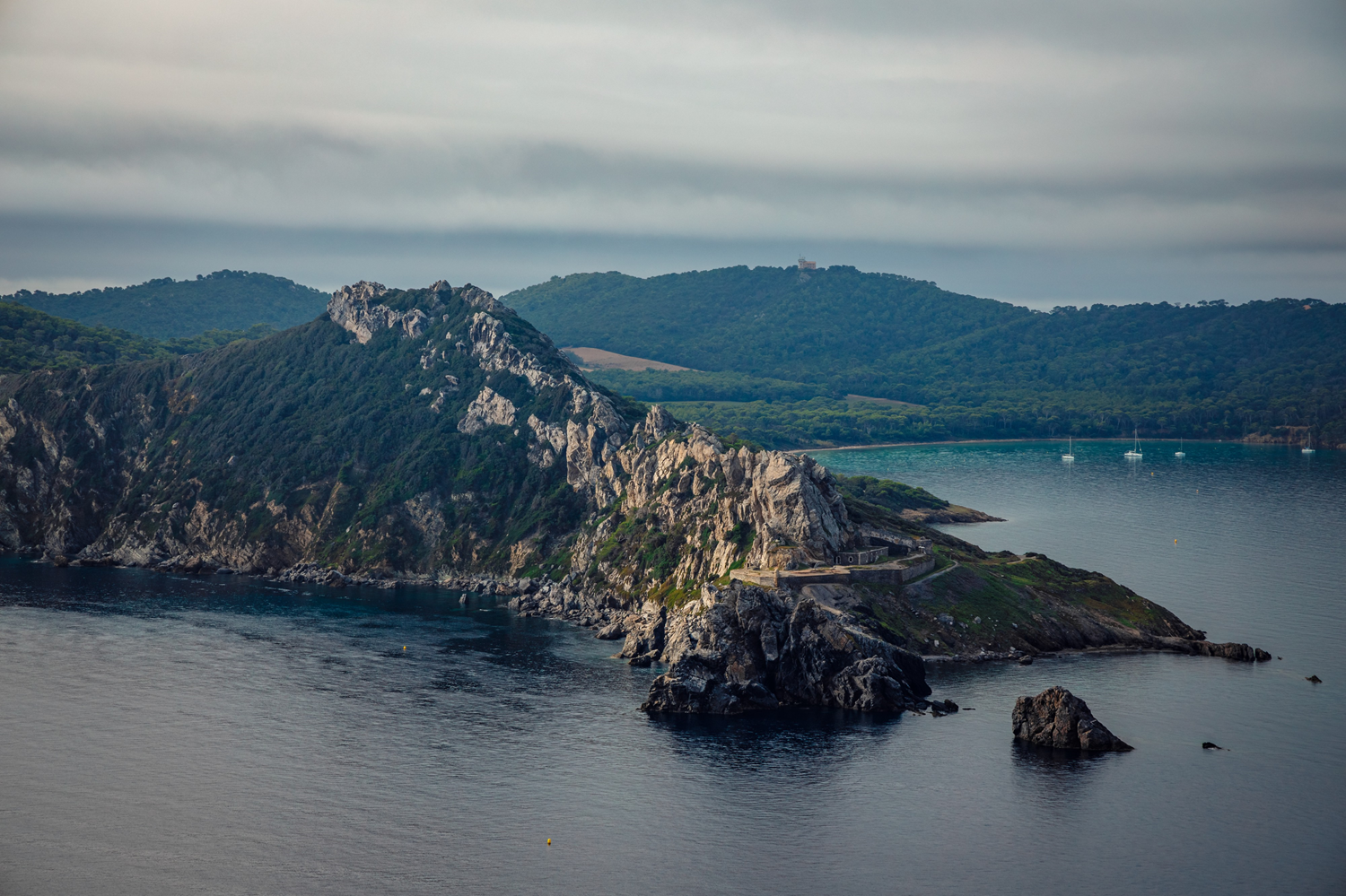Before you go any further...
I've read and accept the Terms of Use and the Privacy Policy.
I accept to receive newsletter and other communications associated with firms of The Explorers Network group'
I accept to receive commercial offers of The Explorers Network partners'.
Thanks!
Vote everyday for your favorite content
SENSITIVE CONTENT
This media contains sensitive content which some people may find disturbing or offensive.
You must be 15 years of age or older to view sensitive content.
Log inBirthday
Content being validated
THE EXPLORERS +
Watch our premium movies
The Explorers + is our premium movie catalog in Ultra High Definition (HD/4K/8K)! Hundreds of videos already available and daily new content on all your devices (web, mobile, tablets, smart TV).
Post content (photo or video) and get 1-month free
OR
Subscribe and support The Explorers Foundation's field actions for biodiversity.

Content being validated
Porquerolles' agricultural history
0
0
Behind the rocky barrier of Cap des Mèdes, the central plains of Porquerolles Island are home to cultivated land. While Phocaen remains of terraced crops have been found at Pointe de la Galère, the island owes its agricultural orientation to the Romans. The historical testimonies evoke cultures of cereals, olive trees, and vines. Porquerolles' agricultural development is also linked to its last private owner, François Joseph Fournier, who acquired the island in 1912. He planned to establish a model farm intended to provide the inhabitants with food autonomy. He organized the cultivation of the plains and abandoned forests, set up market gardening greenhouses, installed infrastructures (electrical plant, grocery store, cooperative, dispensary), and organized maritime services to the island. The 494 acres (200 ha) of vines of the island then produced 12,000 hectoliters of wine, and its cellars were the largest in the Var department.
Related content

Médias en cours d’exploration

